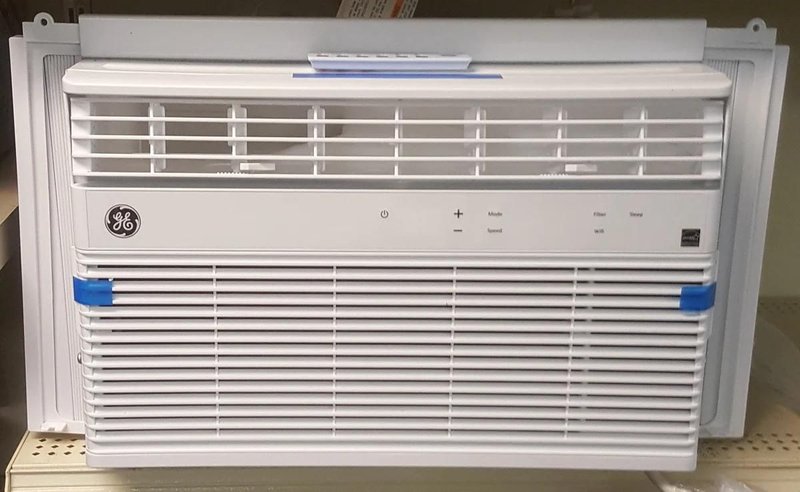
You see, air conditioners are smarter than we sometimes give them credit for. They’ve got brains of their own, constantly checking how things are running. When something’s out of whack, they let you know with these error codes. The E1 error on a GE air conditioner could mean a couple of things, but it’s mostly about a problem with the onboard sensors or the communication between parts. So, why does everyone talk about resetting it? It’s because resetting is like giving your AC a little nap. Sometimes, all it needs is a quick reboot to get back in the game.
Understanding the E1 Error Code
Let’s dive into the term “Error Code E1.” Think of this code as your AC’s way of telling you, “Hey, something’s off!” Most often, the E1 error pops up when the air conditioner’s sensors have trouble communicating with the main control board. It’s like when you’re trying to talk to your friend at a loud concert. The message just doesn’t get across, and confusion ensues.
These sensors measure things like temperature and humidity to keep your space comfy. If they aren’t working right, your AC can’t adjust itself properly. This can lead to less cooling, strange noises, or even stopping altogether. So, when you see that E1 code, it’s a sign that these sensors might not be sending the right signals to the brain of your AC.
Of course, there’s a range of reasons why this communication breakdown might occur. It could be due to a minor glitch, or possibly a loose wire or connection somewhere inside. It might sound a bit technical, but don’t worry! The good news is that a simple reset can sometimes clear up these issues, like hitting pause and play on a music track that’s skipping.
How Does Resetting Work?
Here’s the deal: resetting your air conditioner is like giving it a chance to start over. Think of it like restarting your computer when it freezes up. It shuts down all its processes and gives them a fresh start when it powers back on. A reset can clear temporary errors and give the system a chance to recalibrate itself.
To reset your GE air conditioner, you usually just need to switch it off, unplug it from the power source, wait a few minutes, and then plug it back in. This simple act can sometimes be enough to fix minor glitches. It’s sort of like turning off a flickering light to let it rest before flicking it back on. The brief break helps shake off any momentary hiccups the system might be experiencing.
But keep in mind, resetting isn’t a magic wand. While it can solve temporary communication issues or glitches, it won’t fix a serious hardware problem. That’s akin to thinking a nap can cure a broken leg. So, if the code returns after resetting, it might be time to dig deeper or call in the pros.
What If Resetting Doesn’t Work?
You might be wondering, what happens if resetting doesn’t do the trick? Well, if the E1 error persists, it’s a sign that something else is at play. Just like if a car doesn’t start after you jump it, there might be a deeper issue needing attention.
First things first: check the manual. Air conditioner manuals often provide specific troubleshooting steps for various error codes. The solution might be something simple, like a sensor that needs adjusting or wires that need tightening. Sometimes, the filters can get dirty and affect sensor operations, so a good clean might be in order.
If you’re comfortable with a bit of DIY, you can try inspecting the connections inside the unit. Make sure everything is snug and in place. But, if fiddling with wires makes you nervous, don’t hesitate to contact a professional.
Ultimately, if resetting and these checks don’t solve the problem, reaching out to a technician is your best bet. They have the tools and expertise to diagnose and fix more complex issues.
Preventative Tips
How can you prevent the E1 error from popping up again? Regular maintenance is key. Just like you wouldn’t skip oil changes for your car, your AC needs a little TLC too. Schedule routine checkups every year to ensure everything is in working order. Cleaning the filters regularly can prevent dust from causing sensor faults.
Additionally, make sure the area around your unit is clear of obstructions. This ensures proper airflow and reduces the load on sensors. Think of it like clearing your desk to help you focus better – a tidy surrounding helps your AC operate smoothly.
So, the next time you see that E1 code, don’t panic. A quick reset might just do the trick. If not, you’re now equipped with the know-how to explore further. Keep cool and remember: regular maintenance is the best defense against error codes.